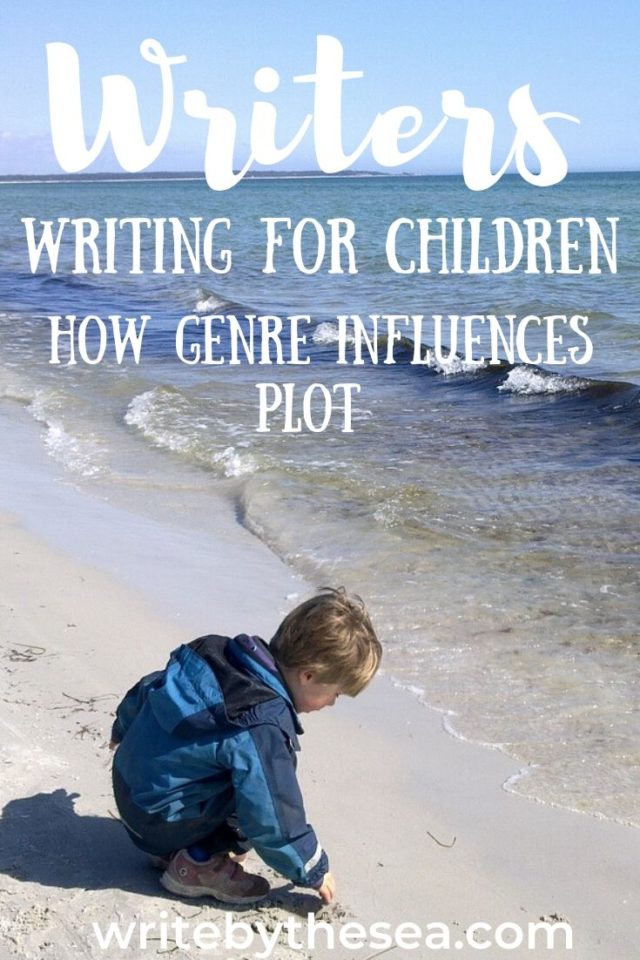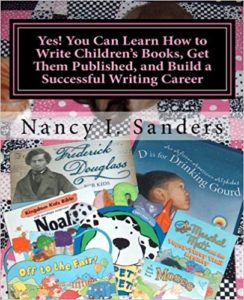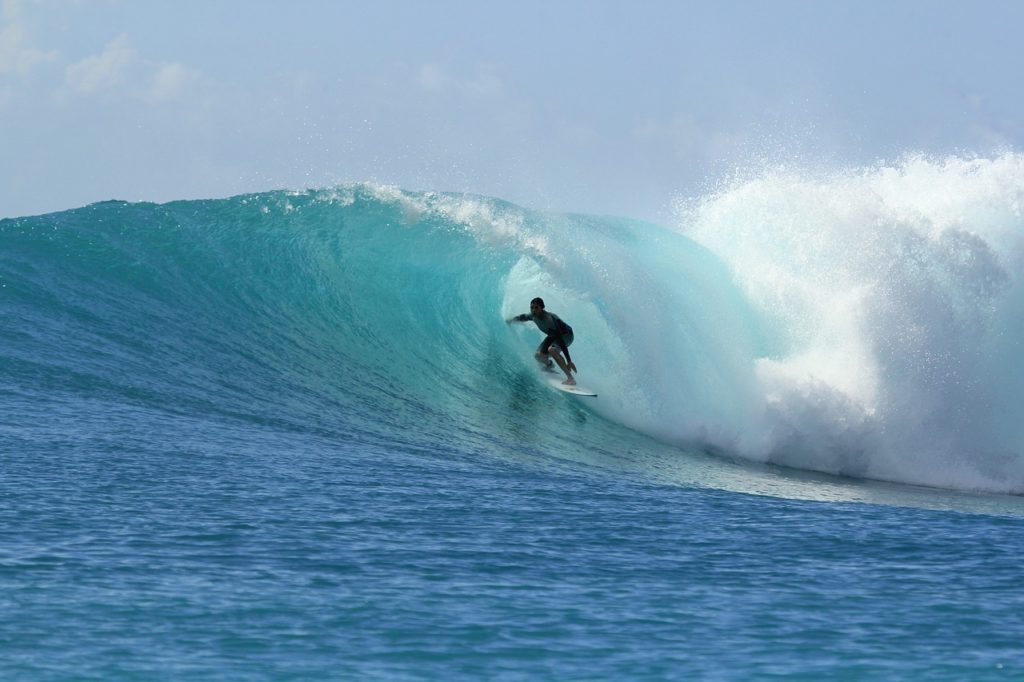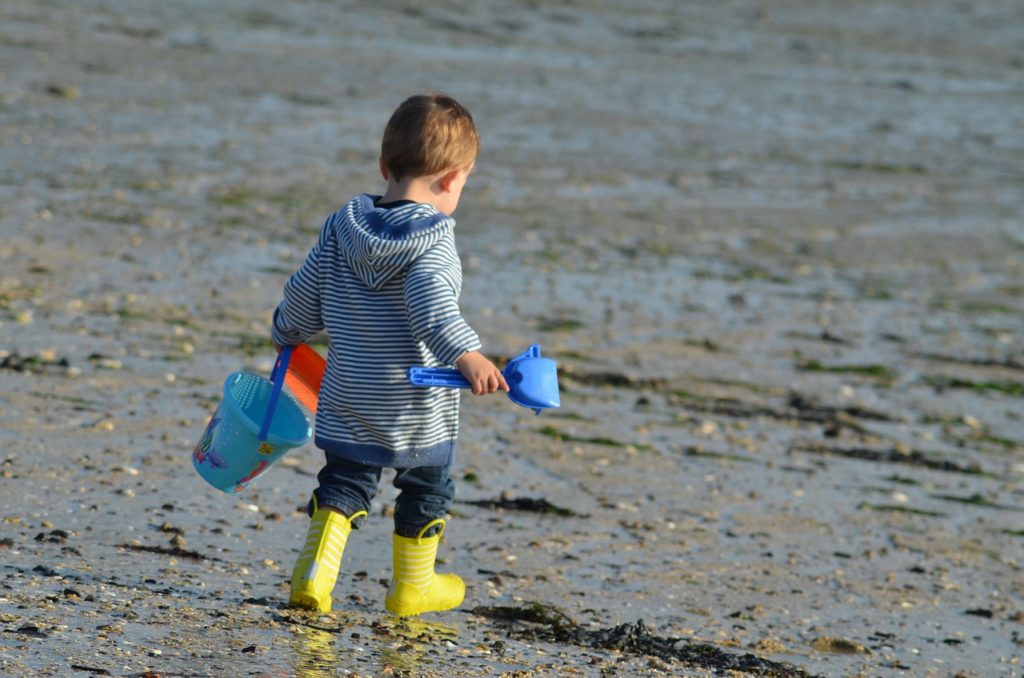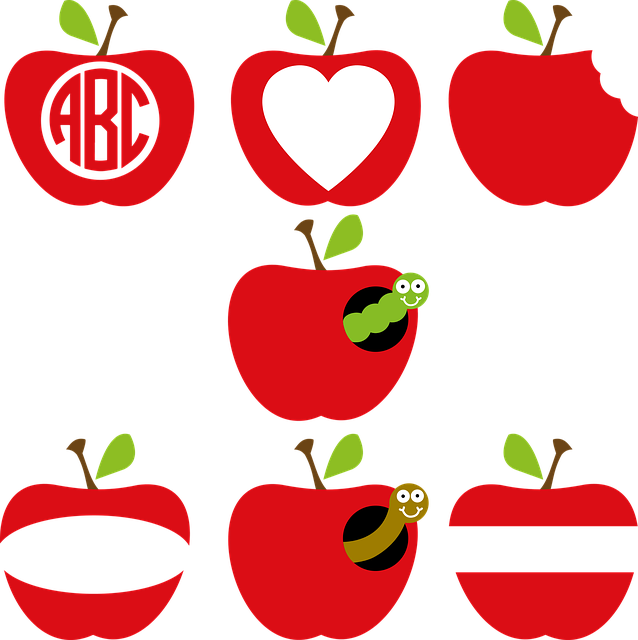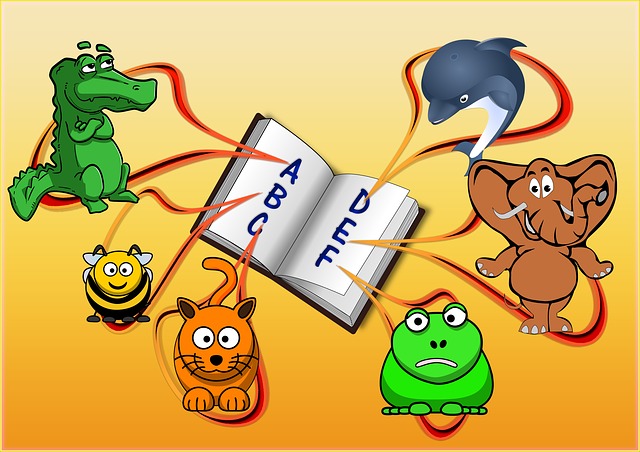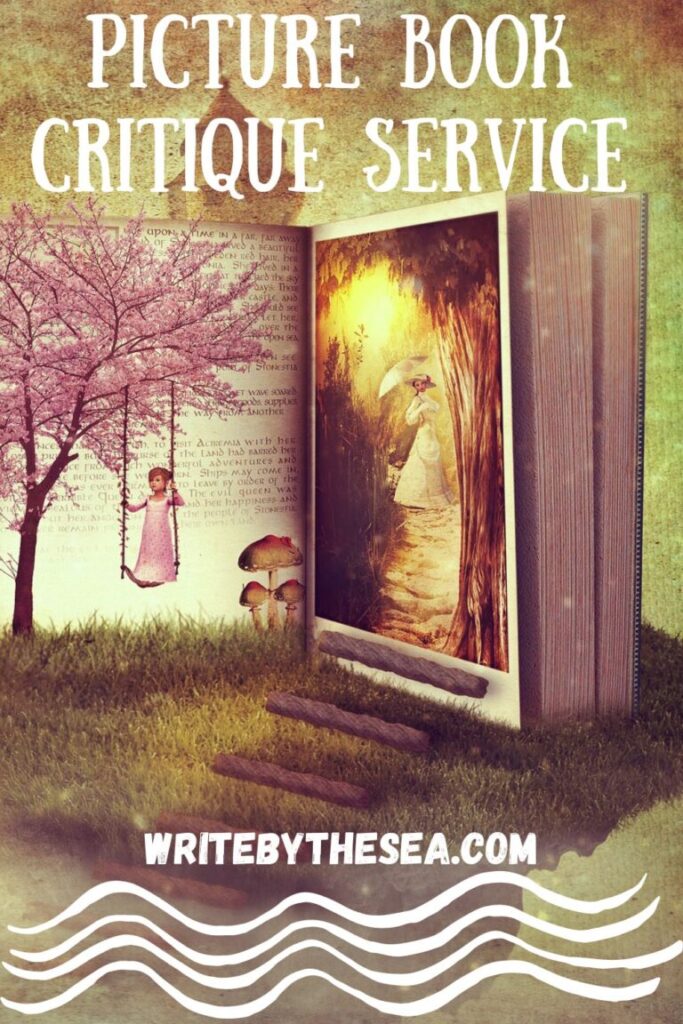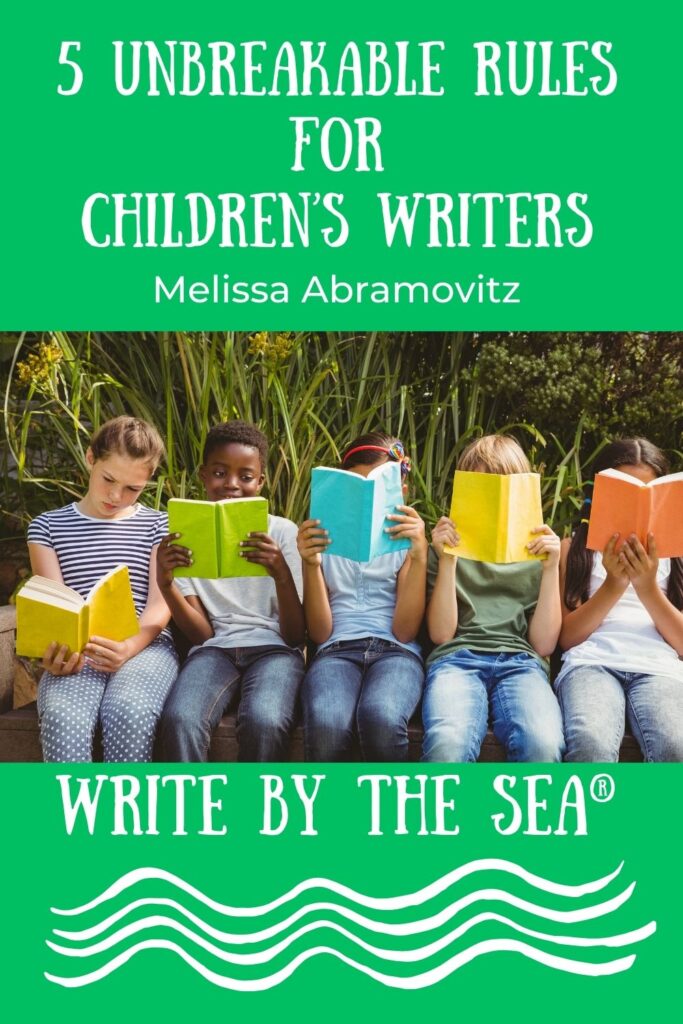A genre is a category, or a group, of similar types of literature.
For example, mysteries are a genre, or group of stories that are similar in how they have some type of whodunit riddle to solve, a person who follows the trail of clues, with witnesses and alibis and red herrings, too!
Genre influences plot.
If the plot is the series of events that propels your reader from the beginning of your manuscript to the end, then genre is the “address” for your plot.
For example, if the setting of your story takes place in France, there will be French people walking down the streets.
You might have your main character speak a word in French now and then such as “Oui,” (yes) or “Merci,” (thank you) or “Bonne nuit” (good night).
Your characters might eat escargot when staying at a friend’s house for dinner, or go to the Eiffel Tower for a school field trip.
Likewise, if your plot is all about a fourth grade boy going on a journey to find his missing sister, the genre you choose to use will influence your plot.
If you choose to write a science fiction story, your main character will use high-tech scientific gadgets such as rocket ships or gamma rays or photosynthesis within each of the events that moves your reader from the beginning to the ending of your manuscript.
Or if you choose to write historical fiction, you main character will live during an actual era in history such as the American Revolution and ride in a carriage past the Liberty Bell on his search.
It’s important to become familiar with different genres used in children’s writing.
Since genre is a category, you’ll find sections at your local bookstore where different genres are grouped.
In your public library, different books are also grouped on different shelves in different parts of the library according to which genre they fall into.
If your manuscript gets published as a children’s book, it will be labeled on the Internet, stocked in a bookstore, or shelved at a library according to its genre.
And since genre influences plot, it’s good to learn the basics about various kinds of genres.
The two main genres are fiction and nonfiction.
Nonfiction is 100% true.
Any manuscript that includes ingredients of make-believe is classified under fiction.
Even if a lot of the facts are true, if some of it’s made up by the author, it’s classified under the main category of fiction.
Within those two genres, there are many different subcategories which can be referred to as subgenres, common genres, or other genres.
Here is an overview of many of the genres commonly found in children’s literature, from baby books to young adult novels.
I’ve grouped them according to their similarities from a writer’s viewpoint rather than how a library, bookstore, or school might list them.
And, of course, because writers are creative people who like to explore the familiar while creating innovative new types of literature, there are genres not listed here including new ones that might be hitting the market today.
This list, however, will get you started with an overview.
Realistic Fiction
Historical Fiction
Literary Fiction
Christian Fiction
Novel in Verse
Mystery
Humor
Adventure
Teen Romance
Fantasy
Science Fiction
Thriller
Paranormal
Dystopian
Comic and Graphic Novel
Short Story
Myth
Tall Tale
Folk Tale
Legend
Fable
Fairy Tale
Poetry
Contemporary Nonfiction
Historical Nonfiction
Narrative Nonfiction
Biography
Autobiography
Memoir
About Nancy I. Sanders
 If you’d like more tips and strategies for children’s writers, check out my how-to book, Yes! You Can Learn How to Write Children’s Books, Get Them Published, and Build a Successful Writing Career.
If you’d like more tips and strategies for children’s writers, check out my how-to book, Yes! You Can Learn How to Write Children’s Books, Get Them Published, and Build a Successful Writing Career.

